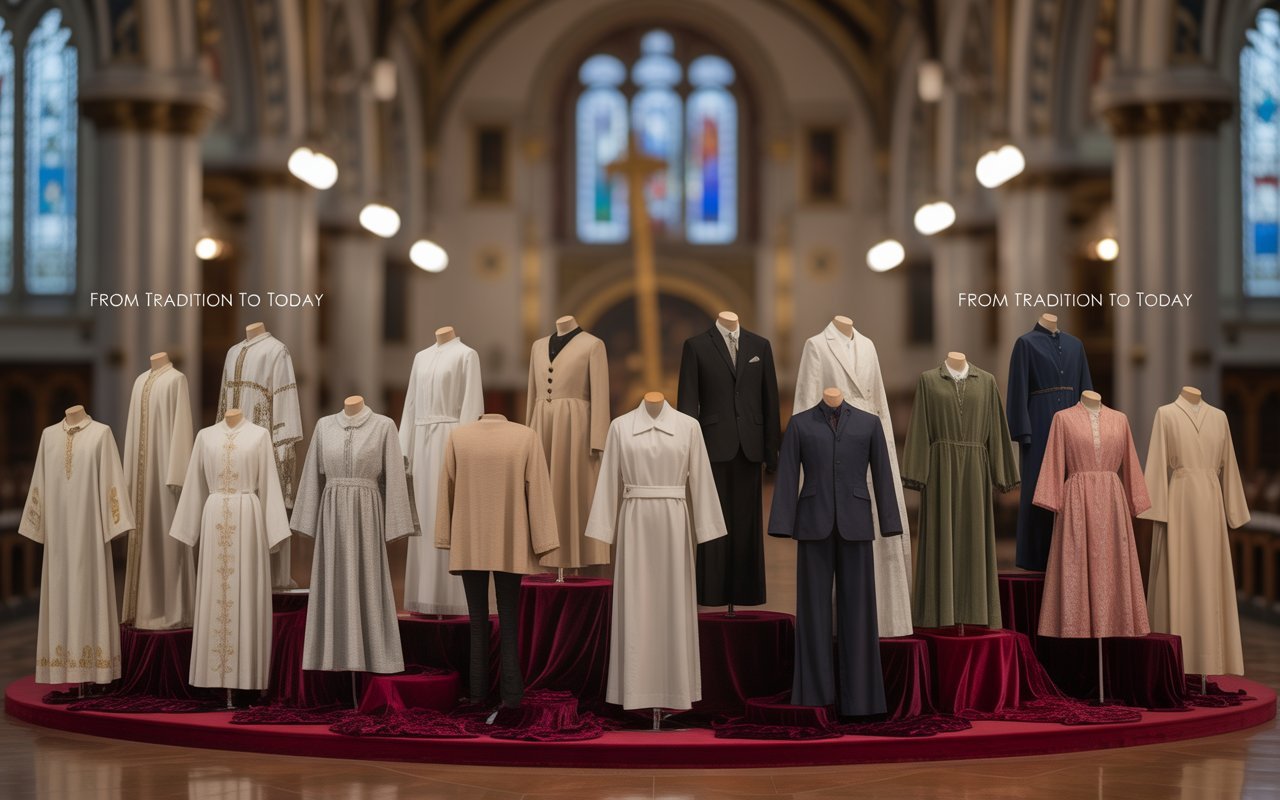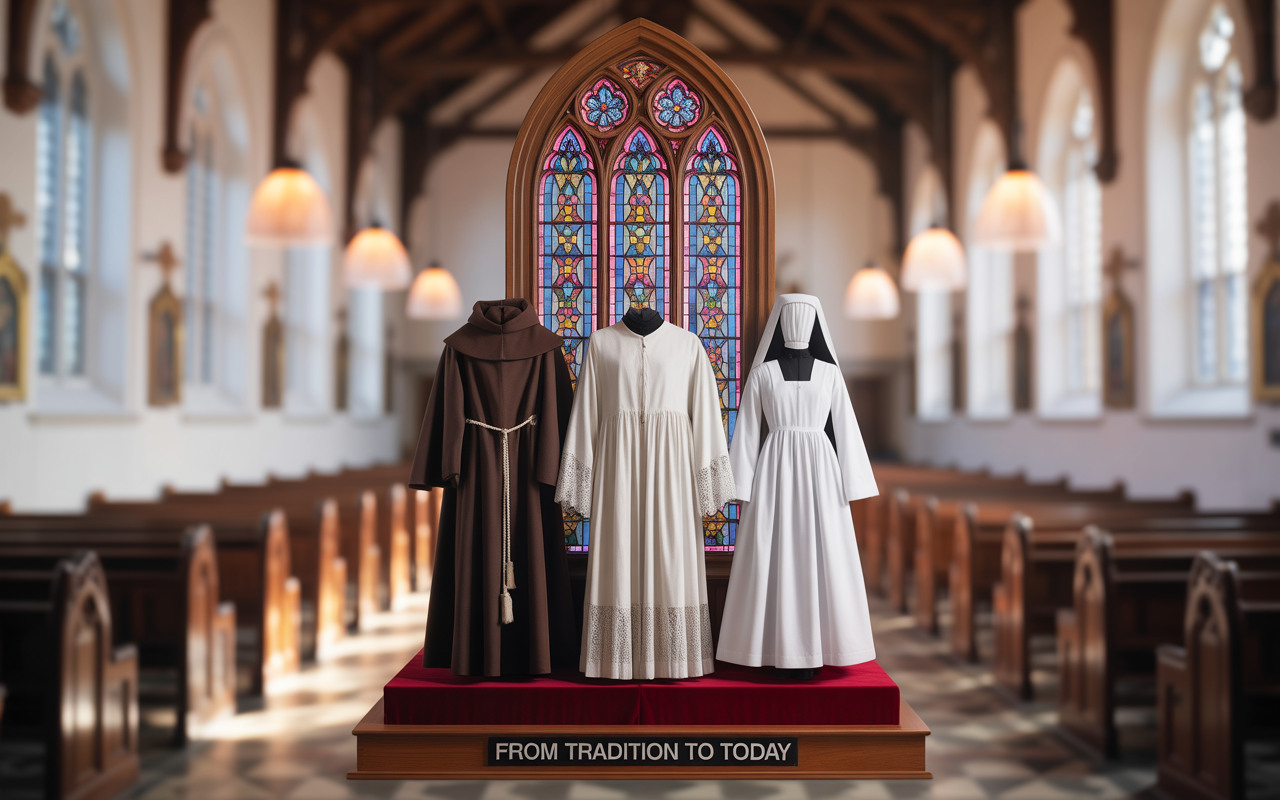Blog
From Tradition to Today: The Evolution of Worship Wear Across Denominations

Clergy vestments and worship attire have a long, rich history—one that reflects evolving theology, culture, and style. While rooted deeply in tradition, the garments worn by clergy today show remarkable diversity and adaptability across Christian denominations worldwide. Exploring this evolution helps us understand how worship attire continues to honor the past while serving present needs.
Early Beginnings
Christian worship attire originated from everyday dress during the Roman Empire, gradually evolving into distinct garments signifying sacred roles. As Christianity spread, local customs influenced styles, creating a variety of vestments that incorporated regional fabrics, colors, and symbolic motifs.
Catholic and Orthodox Traditions
The Roman Catholic and Eastern Orthodox churches maintain some of the most elaborate and formal vestments, including the chasuble, alb, stole, and mitre. Rich fabrics, intricate embroidery, and gold accents emphasize the solemnity of worship and the hierarchical structure of the clergy.

Protestant Adaptations
Many Protestant denominations simplified clergy attire, focusing on modesty and function. The Geneva gown, for example, became popular in Reformed traditions, symbolizing the preaching office rather than sacramental roles. Some denominations use less formal robes or vestments, reflecting their theological emphasis on the priesthood of all believers.
Contemporary Trends
Today, worship attire varies widely even within denominations. Some churches embrace traditional robes and vestments, while others opt for modern clergy shirts, stoles, or even casual attire during worship. This diversity reflects broader cultural shifts toward inclusivity and adaptability, without losing sight of the garments’ spiritual significance.
The Role of Worship Attires
Companies like Worship Attires honor both tradition and innovation by offering vestments that respect liturgical heritage while incorporating modern fabrics and tailoring techniques. This ensures clergy feel comfortable, dignified, and connected to a timeless legacy of service.
Conclusion
From ancient to modern times, worship attire has continually adapted to meet the needs of clergy and congregations alike. By understanding this evolution, we can appreciate the balance between honoring sacred traditions and embracing present-day expressions of faith — all woven into the fabric of every vestment worn today.
